Blogging has evolved from a platform for personal expression to a crucial strategy for business growth.
These days, with so many people connected online, using blog posts as a key marketing strategy is more crucial than ever. It’s vital to dive deep into keyword research to make sure your blog content matches what your audience is looking for.

By incorporating strategic internal links within your blog posts, you can drive quality traffic to your website and enhance its overall performance in search engine result pages (SERPs). So, why wait? Start blogging and strategically utilise internal links to maximise your business’s online visibility.
If you haven’t thought about what business blogging can do for you, now’s the perfect moment to dive into its benefits. It’s a chance to open up new opportunities for your business.
Want to receive updates? Sign up to our newsletter
Each time a new blog is posted, you’ll receive a notification, it’s really that simple.
Business Blogging: A Low-Cost Marketing Strategy
Small business owners often spend big trying to stand toe-to-toe with established brands. But many don’t realise there are budget-friendly alternatives. One such option is business blogging, which can boost your online presence without breaking the bank.
Optimising your business blog with rich, SEO-optimized content can provide similar benefits to running expensive ads and, in some cases, even surpass them in terms of cost-effectiveness. Embracing this strategy can be a smart move for your business.
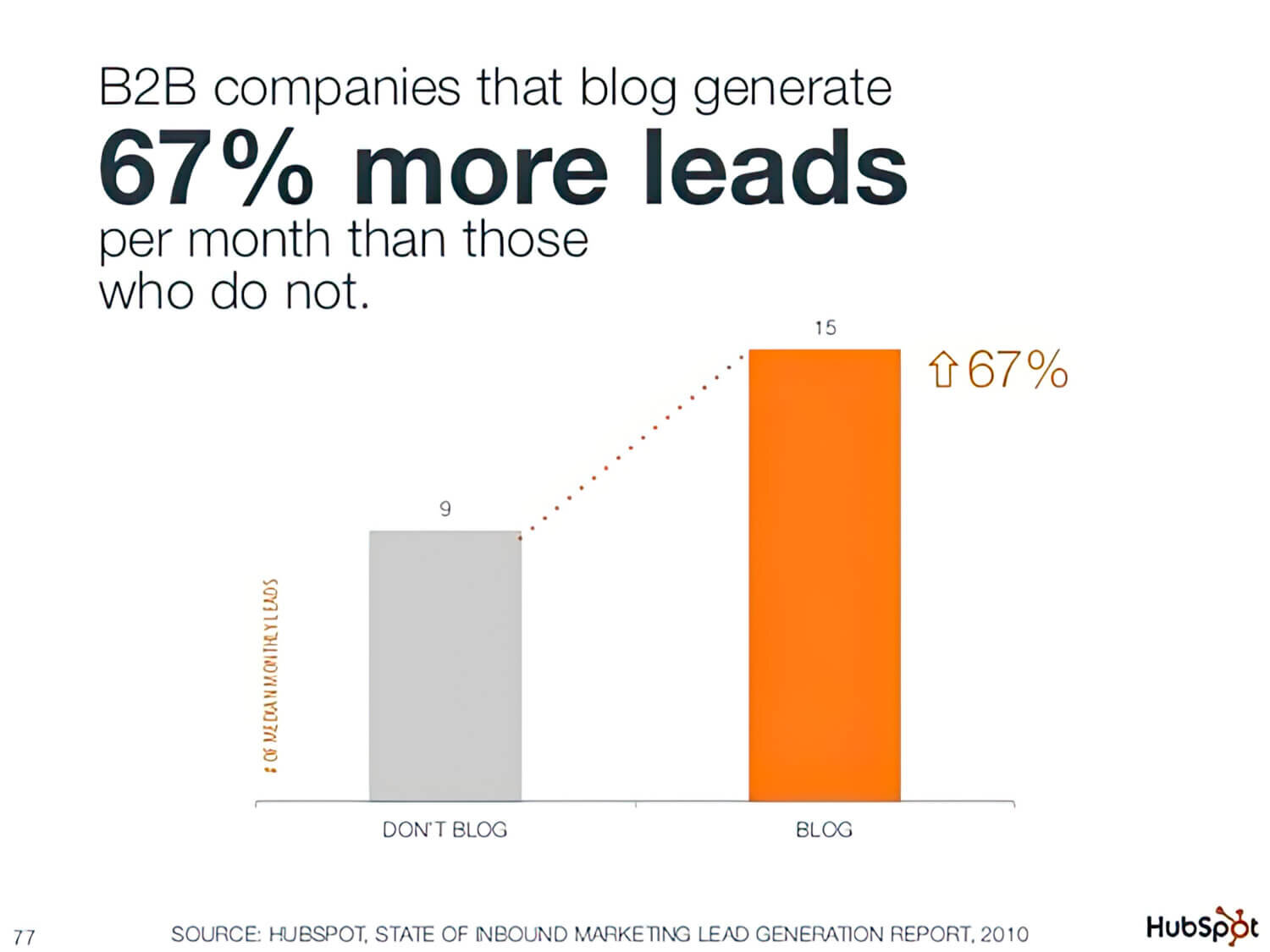
So, we’ll discuss why business blogging is gaining traction nowadays. Firstly, you need to know that business blogging isn’t like the usual blogging that people do as a sidekick or to showcase their hobbies. Instead, it’s a marketing platform whereby you’ll be directing traffic to your website in the hope of getting future customers or, as we call it, generating leads.
In today’s dynamic industry landscape, business owners understand the importance of offering more than just a product or service. Building long-term customer loyalty requires direct interaction with your audience through blogs instead of relying solely on a corporate website, which may come across as impersonal.
Regularly updating your blog with fresh content is crucial for enhancing online visibility. Don’t miss out on the significant benefits that business blogging can bring to your online marketing strategy.
Why Every Blog Post Matters for Business Success
When launching a new business website, blogging might not be your top priority. Yet, overlooking it is a common mistake many newcomers make—one that’s worth avoiding.
If you’re sceptical about the significance of blogging for business, read on to discover compelling reasons why incorporating a blog into your business strategy is crucial.
1. Conveys A Story Behind Your Making
Customers tend to favour genuine stories from business owners rather than flashy ads. What better way to share the journey—from your initial ideas to core values—than through a compelling blog post?
We know these basics might be already available on your rich website, but would it appeal to the customers looking for authenticity? When words float directly from the mouth of their creator, a unique interest is created, which sparks the buyers’ curiosity, especially when you’re telling your failure story.
At times, Newton failed to make the bulb appeal more to people than his discovery. Nothing can beat a failure’s story to success, and that’s what people want to hear.
2. Creates A Community Of Faithful Customers
When you start posting quality content that appeals to customers, a healthy base of consumers who look forward to your posts is formed. It creates a connection between you and your target audience, which helps them trust the brand, sometimes to the point where it starts influencing their choices and decisions.
According to DemandMetrics, 60% of consumers like to read relevant content written by brands, while 82% form a positive opinion after reading such content. These numbers are nothing but an indicator of how blog content induces consumer loyalty, which is the most critical long-term business strategy.
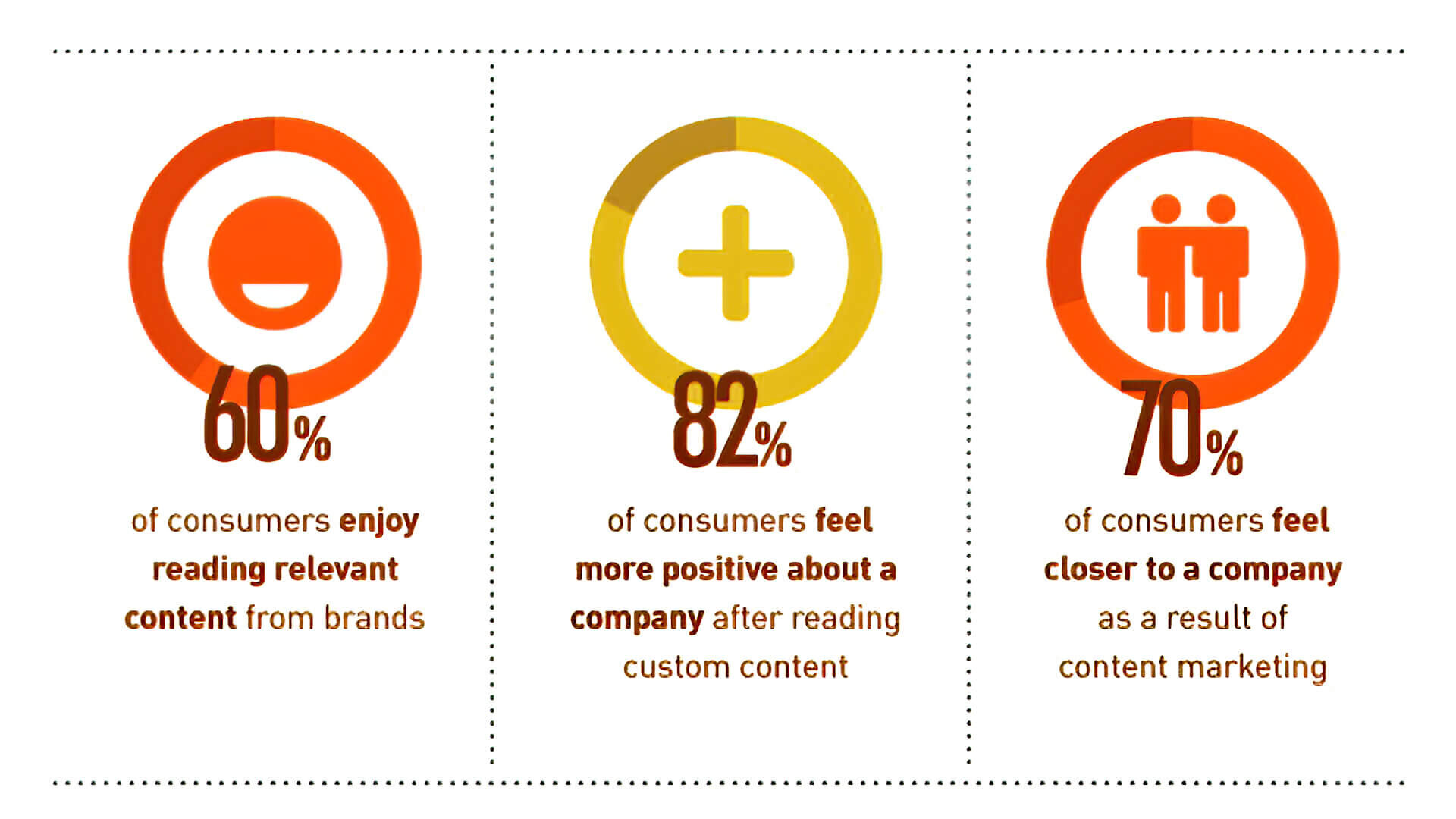
Also, a piece on HubSpot indicated that companies that post regular blogs have more chances of getting more traffic and leads. So, blogging is an excellent strategy to create brand awareness and drive sales.
3. Drives Website Traffic
A direct positive relationship exists between Google’s indexed pages, the website traffic and the leads generated. But you might be wondering how this is related to blogging. Well, the answer is simple. Your website likely doesn’t get updated often, which makes it less likely to be discovered through organic search.
In such a case, optimising the website for search engines via blogging increases the chances of your website landing on the Search Engine Results Page (SERP). This happens because you’re indicating to Google or other search engines that your site is active, and it should crawl to index it. This, in turn, paves the way for you to land on SERP and organically drive traffic to your website.
If you’re unsure about this approach, consider this: a HubSpot report highlights the positive link between more Google-indexed pages and increased leads for companies.
However, it would be best if you remembered that posting any blog post won’t help to drive traffic. Only relevant content will appeal to your target audience. So, that’s what you should work on.
4. It Makes Way For A Nice Email Marketing Strategy
Posting relevant and quality blog content helps create a database of emails you can use later to promote your services. There will never be a time when email marketing will stop being effective, and as such, you can and should use your blogs to push that agenda.
We know many small business owners look for the easy way out by buying out a list of emails, which isn’t only expensive and illegal. Thus, it would be best to avoid such underhanded shortcuts to organically promote your services.
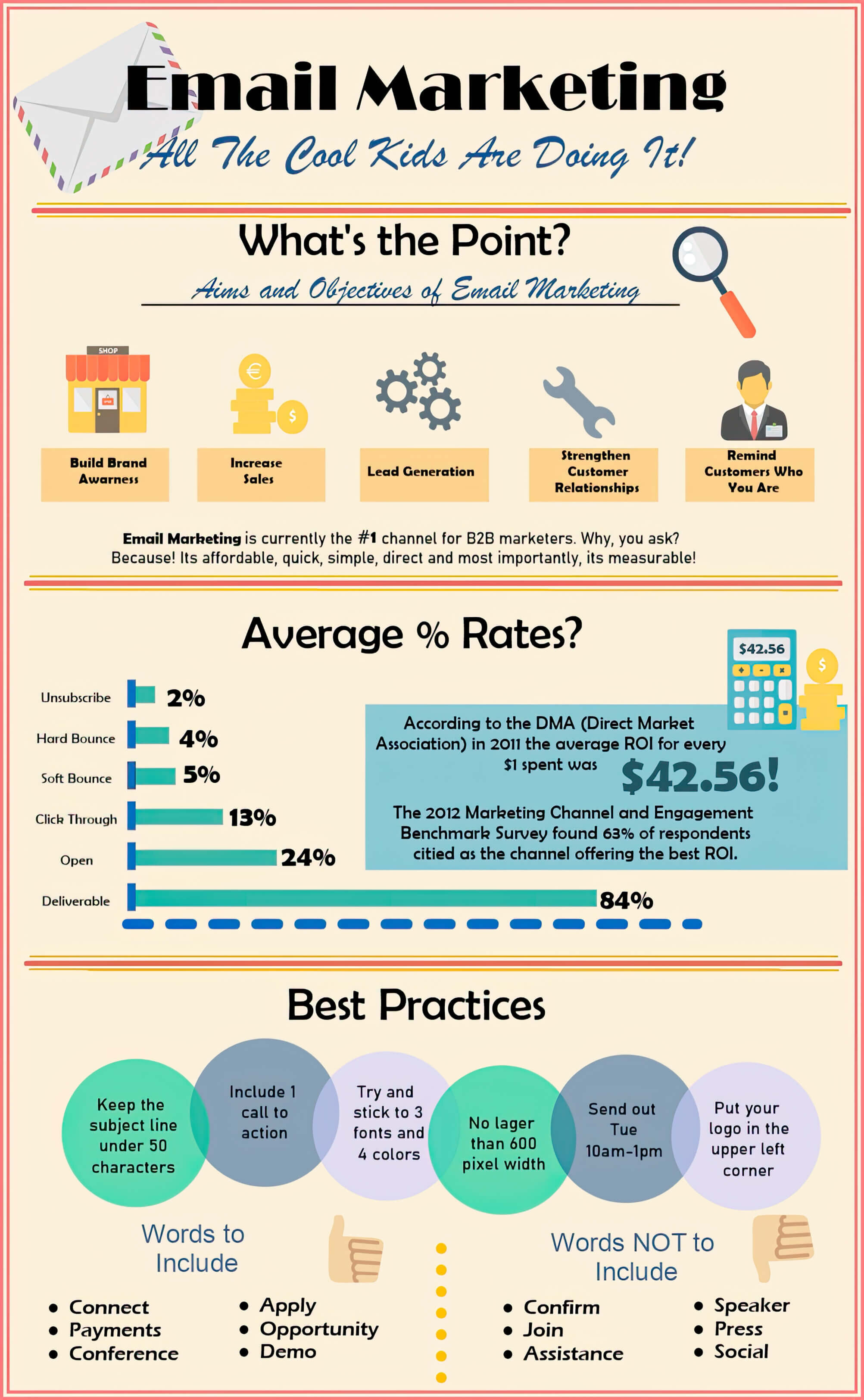
If the target audience finds your blog content informative, there is a high chance they’ll subscribe to newsletters to get notified of the updates. And that’s how you can form a solid email marketing strategy with the help of blog posts.
5. Helps In Link Building
Most small business owners are unaware that blogging helps them in link building, which many people consider the most dreaded part of search engine optimisation. Internal links in a blog post are like an open door that drives traffic to your website.
Also, we know how vital inbound links or backlinks are when ranking on SERPs. It is one of the 200 factors the Google algorithm considers, so it stays on top of everyone’s SEO strategy.
Fresh, informative, engaging and quality blogging can help you achieve this. If your blog post meets industry standards and appeals to customers and other businesses, this achievement will help you gain relevant links.
These authoritative links boost the authenticity of your content, which will help increase the website’s domain authority.
6. Creates Social Media Presence
If you have a running blog, you won’t need a social media manager to create new content for social media platforms. Since the content has been made once, it only needs re-introduction and reproduction on social media.
By sharing blog content on social media platforms like Instagram, Twitter, LinkedIn, Facebook, etc., your social media presence will be boosted like never before. Additionally, you can readily engage your target audience and clients on such handles. Thus, blogging and enhancing a business’s social media presence can be done side-by-side.
Besides, if your content is valuable, people will readily want to share such information on their socials. You will attract a new audience to your website and services, a sign of business expansion.
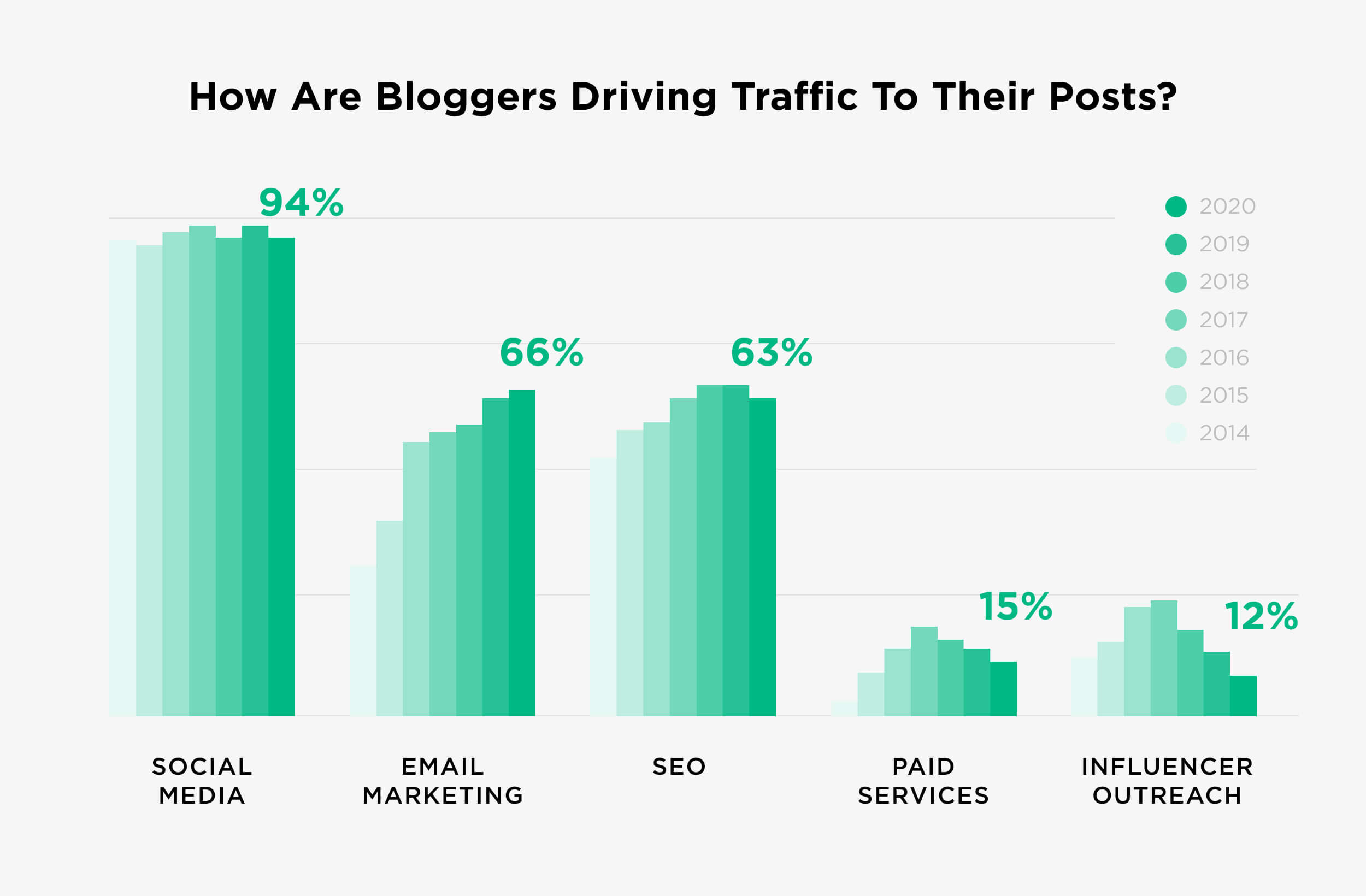
7. SEO Building
Search Engine Optimisation is the lifeline of any online business aiming to create organic search traffic. If you want your local business to be visible to the clients, then it’s possible to follow an effective SEO strategy to rank the site higher on the SERPs. And blogging will help you achieve that goal.
When you create content with rich keywords and add it to your website, Google indexes that page, increasing its visibility and driving traffic. However, to reap benefits from this, you must regularly update and write engaging content relevant to your customers.
8. Educates About Your Services
Lastly and most importantly, blog posts educate clients regarding your services, upcoming products, how to use them, etc. No YouTube DIYer can teach the customer better than you, and that’s where company blogs come into the picture. By answering some of the basic and most relevant questions about your products, you can engage with customers and get to know them better.
Moreover, it’s an excellent strategy to promote upcoming services on your business blog or ask for customer suggestions for improvement. This way, your clients will know that their doubts are being handled and suggestions are valued. Thus, it’s essential for the long-term growth of your small business.
Important Tips To Write Blog Posts
Some business owners consider blogging to be irrelevant. Well, you wouldn’t know without trying. And by now, you should know how beneficial it can be for your business growth.
So, if you’ve been convinced to start blogging, we’re ready to help. However, you should know — “creating content might sound easy, but there’s a lot of thought process involved.” It would be best to consider many aspects while writing blogs, from topic to readability.
Thus, to assist you, we have made a list of important tips that must be remembered while writing blogs.
1. Make A Strategy
You can’t possibly write quality content without having a sound content strategy. Besides, you’ll probably get stuck in the first phase without a heads-up. Thus, before getting into the writing process, you must plan.
This is the stage where analysis of competitors, knowledge of customers, type of content and other whys and whats are tackled. Through this, you’ll arrive at many conclusions that will act as a driving force to post content beneficial to your audience. Without this, you’ll be stuck in an ocean without a boat as motivation dies quickly, and so will your ideas after two or three blog posts.
That’s why making a plan highlighting the frequency and type of content is vital to ensure you don’t exhaust and burn out ideas. As such, this content calendar will be a directory of niche, frequency and other things your blog will focus on.
2. Choose Relevant Topics
After creating a strategy for the type and frequency of your content, the next step is choosing relevant topics. We know there’s an urge to write about anything interesting, but no! Only topics that go with the selected niche and hint at the common problems faced by your audience should be chosen.
People read blogs to solve problems or learn things they never knew about. And that’s what your topics must cover. As most customer problems are mentioned in the reviews, you can take aid from them and make topics that address those issues.
However, remember to include relevant keywords while choosing such topics. You wouldn’t want your content invisible. So, thoroughly research topics your clients and competitors are working on and draft your content plan. Also, as we’re discussing subjects, you mustn’t forget to add appealing punch lines that prompt people to click as soon as they see them.
3. Focus On Readability
Nobody wants to read boring, long sentences with technical jargon that seem like old-school chemistry books. This only deflects readers from reading blog posts till the end. And believe us when we say it reflects poorly on your content if a reader jumps out of the blog too soon. This is common even if this might seem unlikely to many, especially those who aren’t engaged in blog writing.
To keep your readers hooked till the last word, it’s crucial to craft content that’s easy to digest and aligns with your topic. And don’t skip the proofreading! Editing and formatting ensure your posts are error-free and professional, which positively reflects on your business.
4. Don’t Forget Images, Charts, Or Infographics
Including images, charts, or infographics in blogs makes them more appealing and increases their readability. They engage readers until the end and help them leave with a good smile as they’re straightforward to understand. That’s why don’t forget to add images or infographics when possible.
While at it, don’t overdo it to the point that it overshadows your content altogether. Besides, try using organic pictures or charts as much as possible.
Once you know the importance of such value additions to your blog posts, we’ll highlight another critical aspect of why you mustn’t miss them, i.e. SEO. Image optimisation is crucial as it increases user experience and engagement. That’s why Google and other search engines evaluate them while determining whether particular content is worthy of ranking in SERPs.
5. SEO Optimisation
Invisible content is of no use. With such tough competition among established industry giants, one needs a trick up in their sleeves. And a sound SEO strategy does precisely that. The trick improves the chances of your content appearing higher in the search engine rankings.
In short, it’s the strategy you shouldn’t forget, as it is the bedrock that organically establishes your business. It’s the best way to get more website visitors, generate leads, and gain potential customers. Now, don’t get carried away and compromise readability while you do that. In short, don’t overstuff your blog with keywords that readers find too challenging to follow.
Your content must naturally flow with the keywords you use and should look engaging to search engines and humans alike.
6. Include Calls For Action
What is the point of writing if your blog doesn’t end with a call to action that motivates visitors to read more? At the end of your blog, you must induce the viewers to keep coming for more. It can be a link for a newsletter or a call to check out your services or other content. It can be anything, but nothing so direct that it might appear too strong.
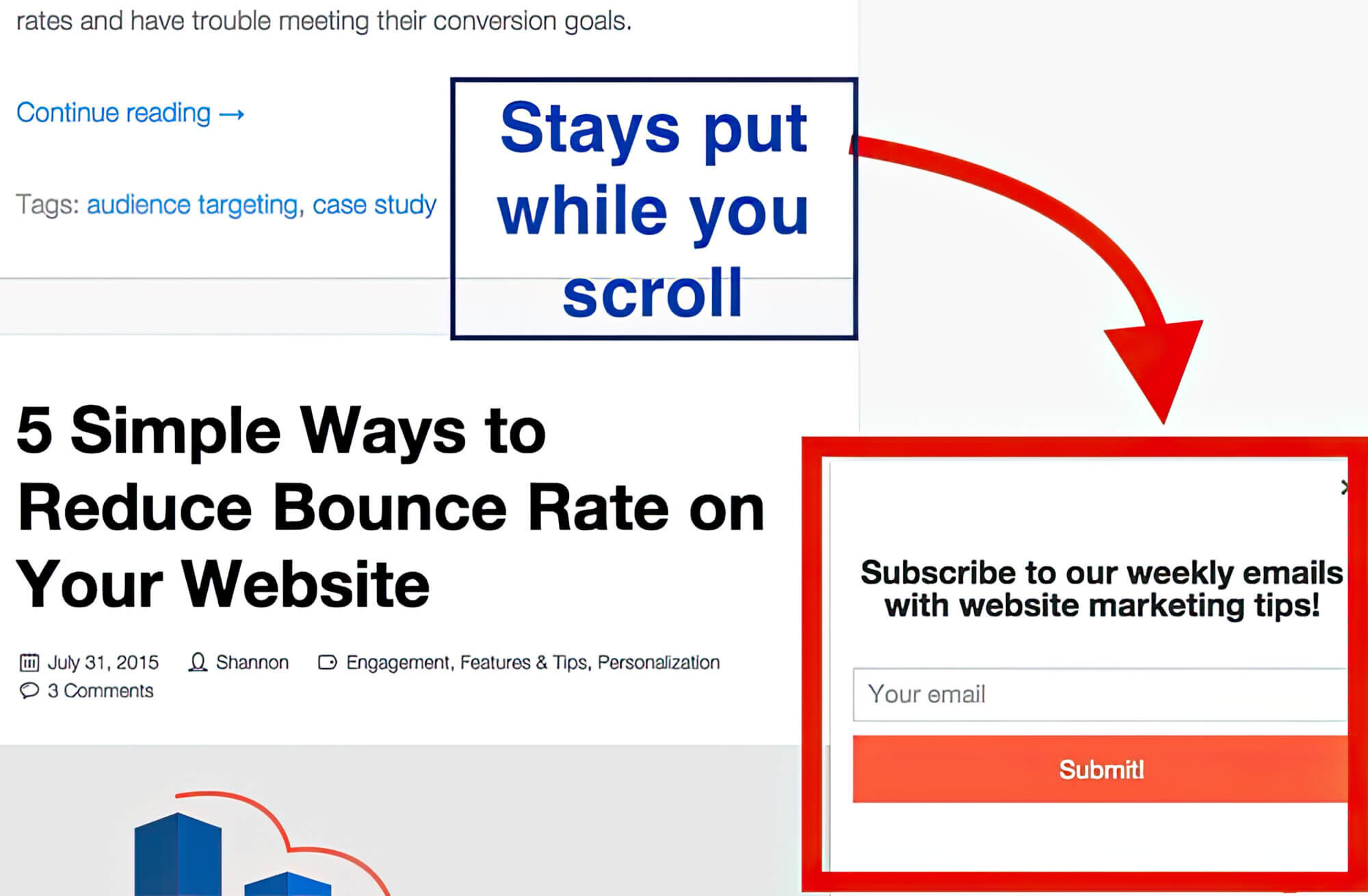
Frequently Asked Question
1. Do I need a blog for my business?
Although your business can do without a blog, it’s the best marketing practice to drive organic traffic to the site. While there are other alternatives like paid ads or email marketing to make your website visible online, they’re costly. However, business blogs are cost-effective, and if used correctly, they can benefit business growth.
2. What should I post on my business blog?
A company blog is different from a personal blog; it’s not about posting whatever you fancy. It serves specific niches, mainly related to your industry or services. So, stick to content that aligns with your business focus and niche, avoiding anything unrelated.
Get Writing Your Business Blog Today!
That was all about the importance of blogs for your business and how to start yourself. We hope to clear your doubts and offer enough motivation to start a business blog.
The life of a business owner can sometimes be hectic. Whether you seek content marketing or SEO assistance, sitecentre® is here to help. Our years of experience growing small Australian businesses make us the right team for you! Don’t hesitate to contact us today!
As a heads up, before we end this session, we would like to emphasise that although your company can do without a blog, you shouldn’t forego the opportunity. The reason is that it’s cost-effective and boosts confidence among your target audience.





